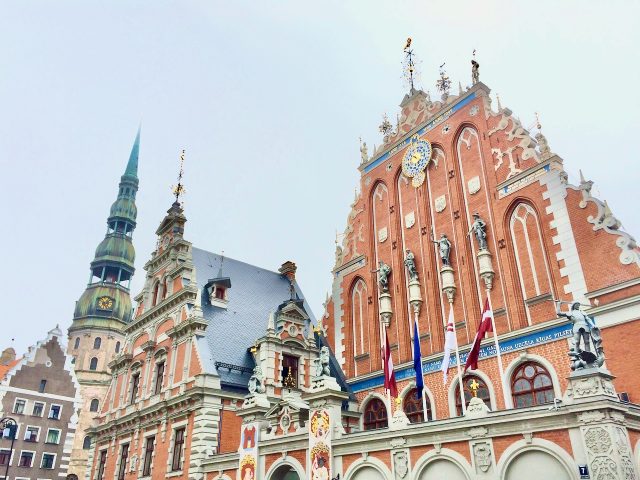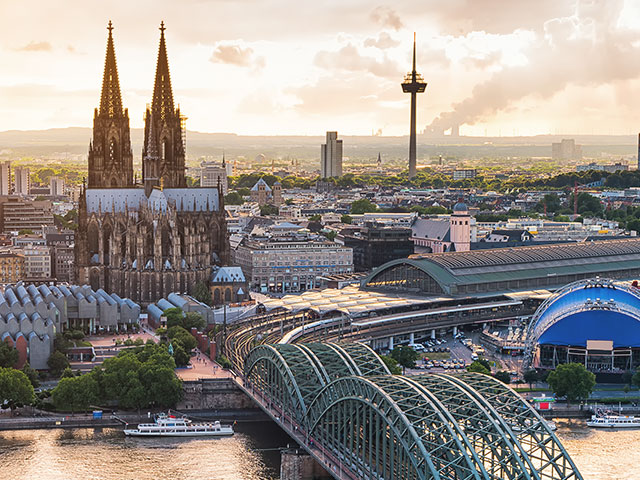Discover Latvia
This Baltic country with an increadible variety of landscapes will nicely surprise you, with places like Riga, Gauja National Park, Jūrmala or Kuldīga. Click here to learn more about it.

Enjoy and taste Tuscany, Italy
In the heart of Italy this outstanding region shows up its rich history and culture in places that are worldwide-known like Florence or Siena, as well as awesome traditional food. Click here to learn more about it.

Learn about North Rhine-Westphalia, Germany
As the most populated and rich federal state of Germany, NRW has a lot of things to offer: vibrating cities such as Cologne or Düsseldorf, historical cities like Aachen or Münster and reconverted industrial centers like for example Essen and Duisburg. Click here to learn more about it.

This is featured post 4 title
Replace these every slider sentences with your featured post descriptions.Go to Blogger edit html and find these sentences.Now replace these with your own descriptions.

This is featured post 5 title
Replace these every slider sentences with your featured post descriptions.Go to Blogger edit html and find these sentences.Now replace these with your own descriptions.

.jpg/1280px-A_part_of_Nideggen_-_Burg_Nideggen_-_panoramio_(4).jpg)








 23:24
23:24
 Banknotemaniac
Banknotemaniac